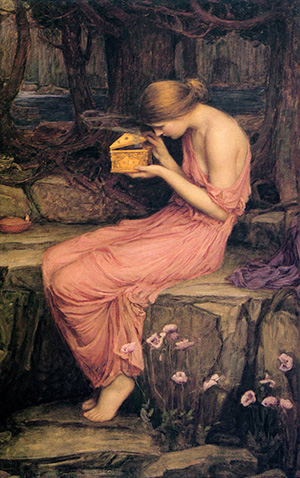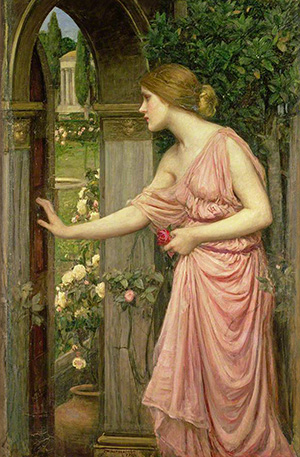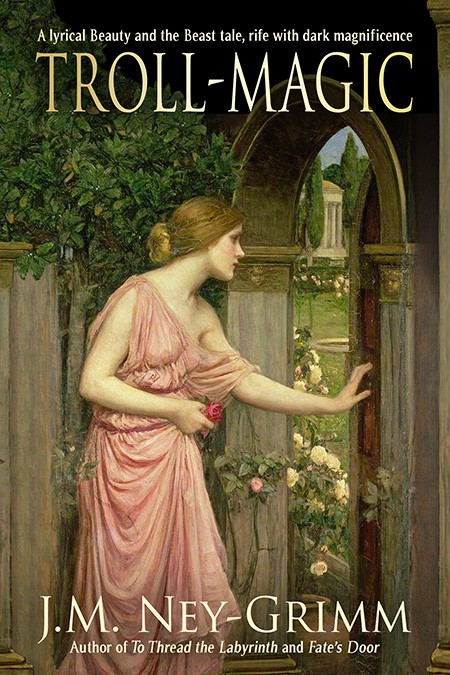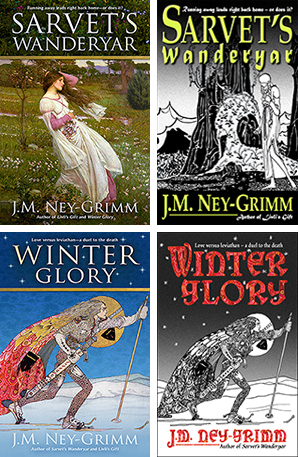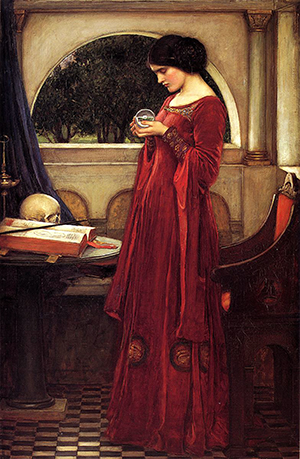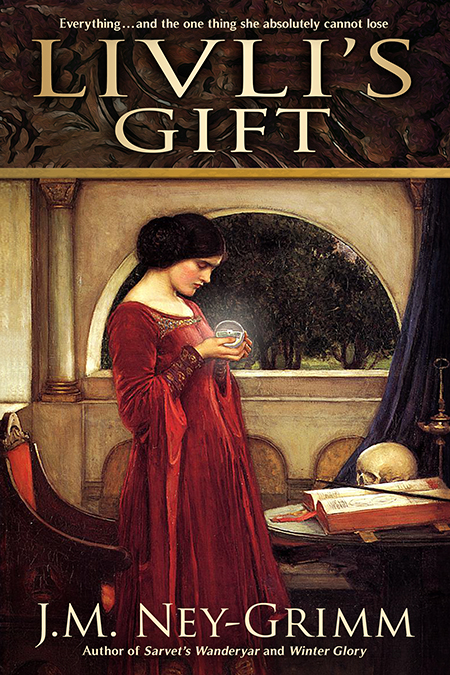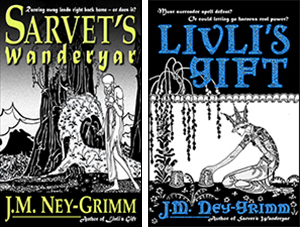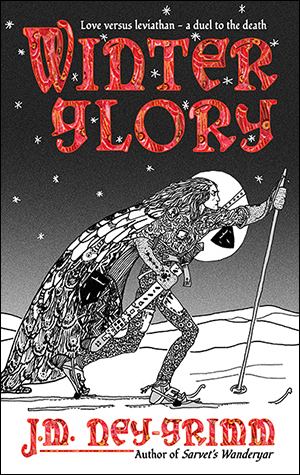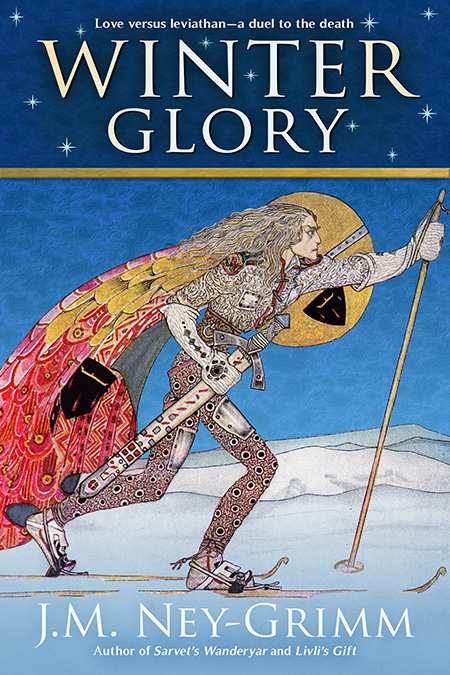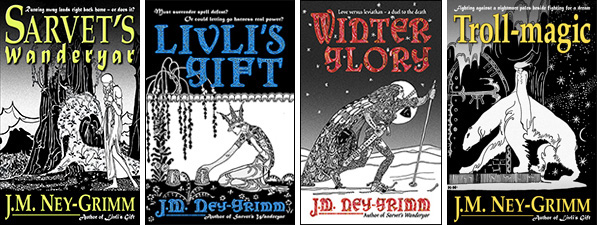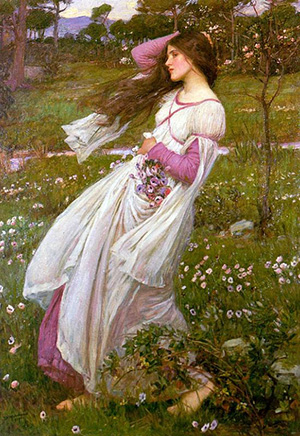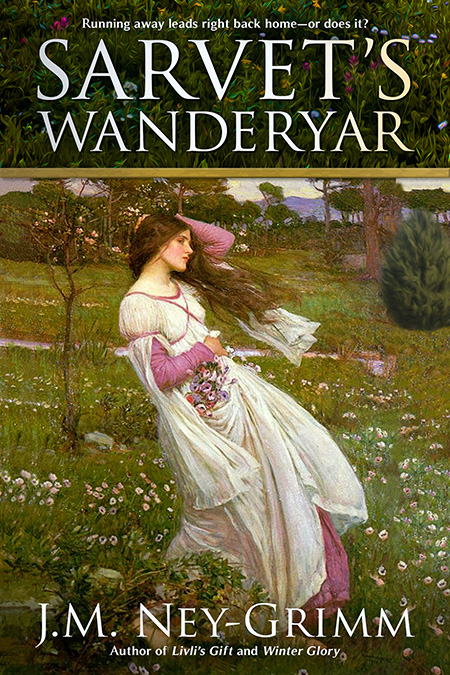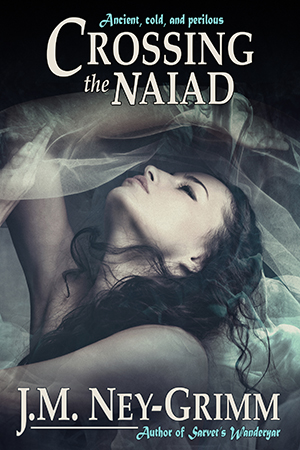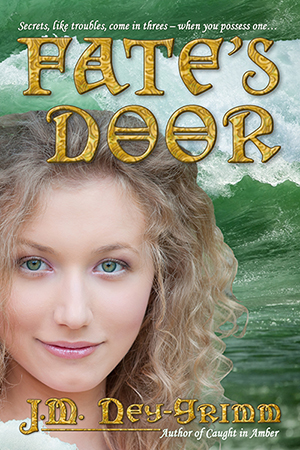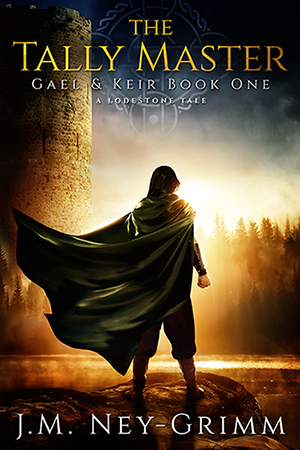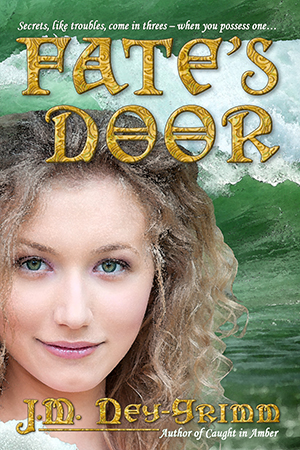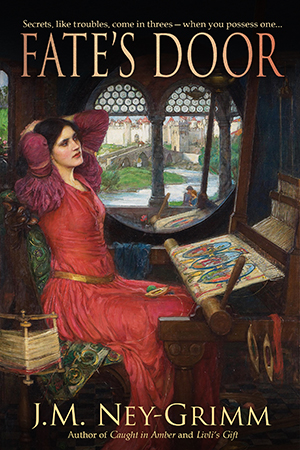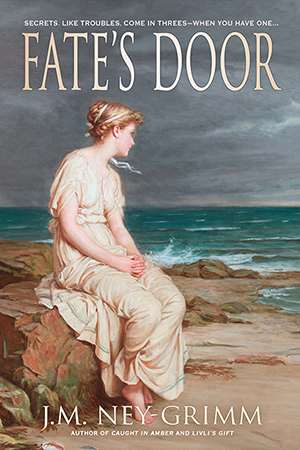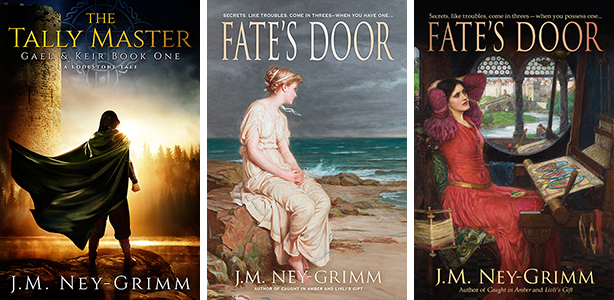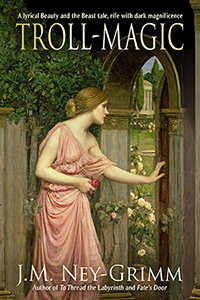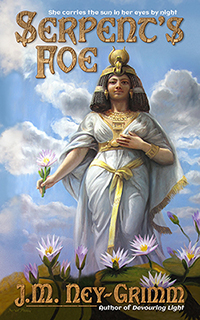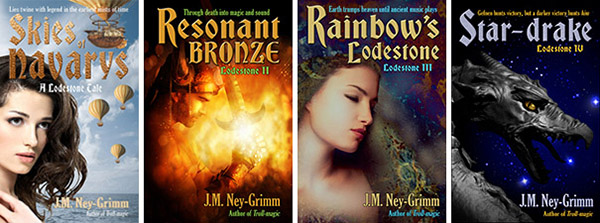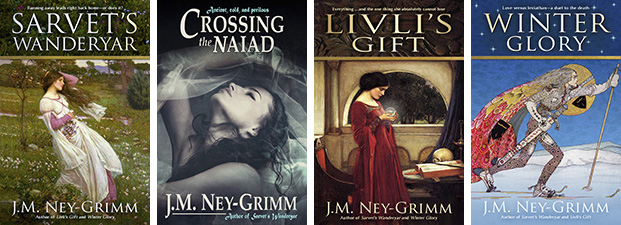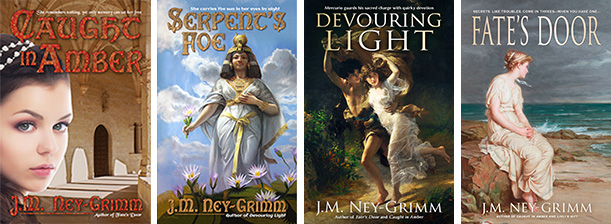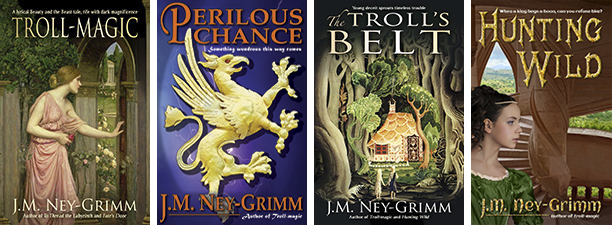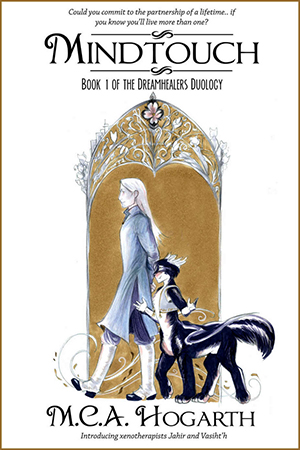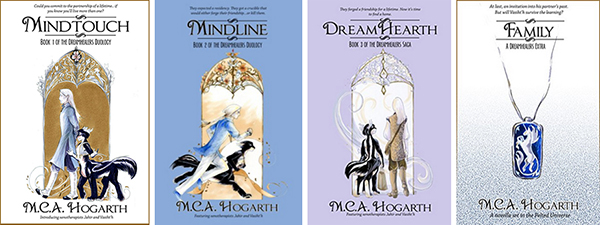My mother passed away October 7, 2017. She was 87 years old. I’m going to share with you the words I spoke at her funeral on Friday, October 13, 2017.

I loved my mother very much. I still do. We were close from the very beginning, and we just got closer as I grew up.
My mom was a remarkable woman, and I wish I could share with you everything that made her so wonderful and so special to me. But I’m capable of talking about my kids for 6 hours by the clock, and I suspect I could easily double that for Mom.
Since I can’t tell you everything, I’m going to focus on one very special aspect of her, something that was at the heart of our mother-daughter relationship. And the best way to lead into that is through something that happened to me last Wednesday.
I woke up at 5 in the morning from a nightmare.
I dreamed that someone I love was judging me and condemning me unfairly. It pierced me to my core. It really hurt. And I awoke to a pounding heart and a full fight-or-flight response.
It was one of those dreams that are hard to throw off, but I worked to do just that, reminding myself that it was just a dream, that I was awake now. I wished I could tell my mom. There were so many times in the past, especially when I was still young and living at home, that I would have a bad dream and tell Mom all about it.
She would listen with her whole heart, completely interested in my experience, and immersed in talking it over with me. She was not bored, or waiting to tell me her dream, or thinking about all the tasks she had to get done that day.
She was with me with her whole self, listening to what I said and to what I could not say. I felt so safe in her presence and so heard by her. And she always came up with the insights I needed in order to understand what I could learn from the dream, to arrive at peace with it and be able to let it go.
Of course, my dream of this Wednesday was a fairly straight forward matter. It showed me that I still tend to judge and condemn myself unfairly.
My mother would have enjoyed dissecting that dream with me, but I usually sought her counsel for life problems that were much thornier and more painful. And she gave me the same deep interest and caring that she gave my bad dreams.
She found the psychological puzzles that were posed by my problems to be fascinating in and of themselves, but of course she also wanted to help me and relieve my emotional pain, both because she liked to help people by bringing relief to their psychological hurts and because she loved me very much and wanted to ease my hurt.
As I moved out of young adulthood, our long and deep talks became more of a two-way street. Sometimes she would seek my listening heart and my insight about one of her thorny life problems. We took turns asking one another’s counsel in the search for clarity and understanding.
I miss my mother to the core, because she was my mother and I love her so much. But I am also missing those heart-to-heart talks that were so much of how we related to one another.
I won’t be having those talks with her ever again, but they form a part of her legacy that goes out far beyond me.
I’m going to conclude with one small story that shows what I mean.
As my mother’s health worsened over her last few months, I leaned more and more heavily on my closest friends for support. During the past two weeks, I called one of them nearly every day. I found her words of wisdom and her warm caring to be invaluable.
In one of our conversations, I told her so.
She answered me by saying, “Well, I learned how to listen like this, with my whole heart, from you.”
I was astounded. “You did?” I said.
She replied very simply: “Yes, I did.”
And then I realized that was one of my mother’s many gifts that has been rippling out into the world all of her life, and that will continue to go out to touch those in need of a listening ear paired with a loving heart even now that she is gone.
She taught me to listen deeply – with my whole being – and to think deeply about what I was hearing. She taught me by doing that for me. I taught my friend by doing the same for her. And my friend has surely passed on that gift to yet others.
My mother gave this gift of caring listening paired with wise insight to me, her daughter, but I was far from the only one who received it. She was eager to help anyone who wanted and needed her help, and she did.
Imagine that legacy of her love and insight flowing out through each one of us to others in need of compassion and wise counsel. It seems a mighty legacy to me. That gives me some comfort.
In tribute to my mother:
Bereaved
Mourning
Grief
Lament
Missing Her
One Crossing

